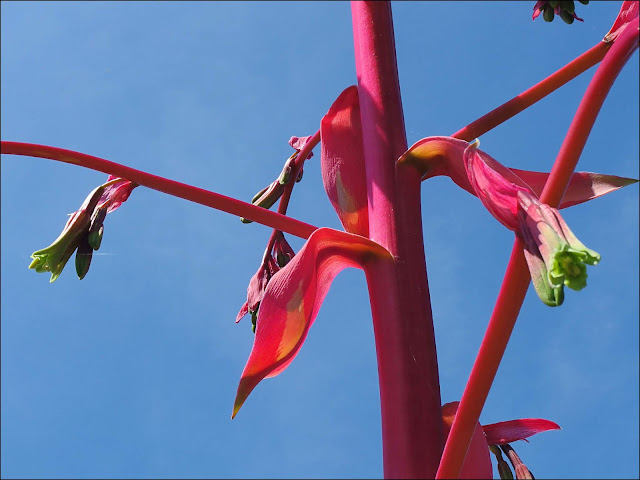To get there, if like me you rely on public transport, involves a ten mile round walk and the weather forecast looked less than promising. But I've got a waterproof coat, I've got good boots, I've got my map and I've got all day to do it. So here are some photos that I took along the way...…
Knocking Hoe - our eventual destination.
Through the beech woods on the Icknield Way path.
View from the Pegsdon Hills.
The weather was, shall we say, changeable!
Showers over Deacon Hill
Now the ewes have been shorn they look no bigger than
their rapidly growing lambs.
Trees and cloud shadows.
Bright field.
Large cloud over the Neolithic burial mound known as Knocking Knoll.
Old post.
Path at Knocking Hoe.
And that's where we'll leave it for now.
Take care.



















































